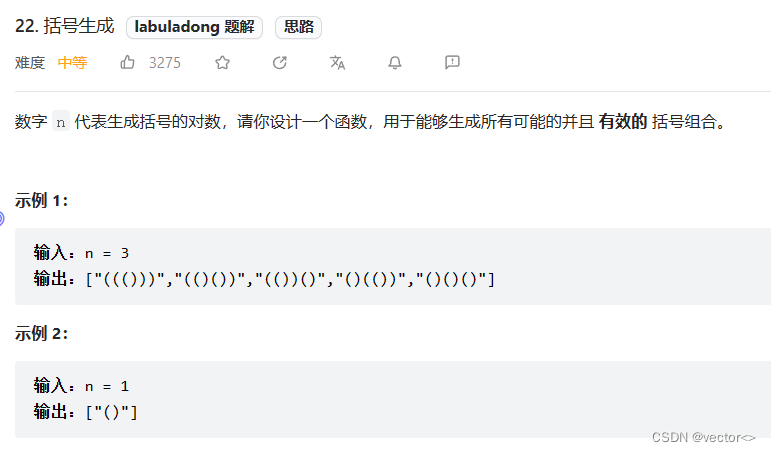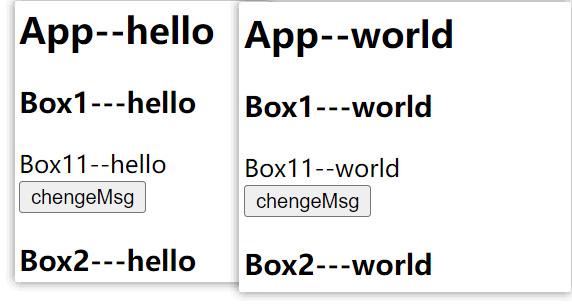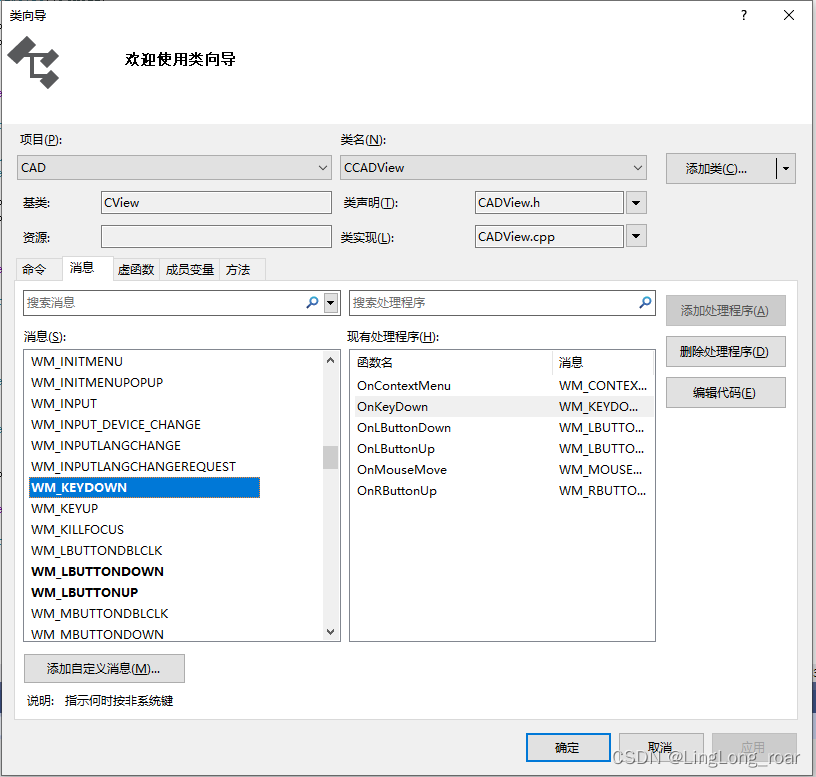目录
1.体系结构
2.安装mysql
1.yum 源安装
2. 第二种安装方式-通用二进制方式
3.mysql改密方式
第一种,知道密码的情况下
第二种,不知道密码
1.体系结构
| MySQL server | ||||||
| 连接层 | 连接池(缓冲池) | |||||
| SQL层 | 系统管理和控制工具 | SQL接口。 | 解析器。 | 查询优化组件 | 缓存和缓冲区 | |
| 存储引擎 | MylSAM、InnoDB、BDB、MeMory、Archive等 | |||||
| 物理文件层 | NTFS、EXT3、NFS等文件系统;数据、配置、日志、其他文件 | |||||

MySQL是由SQL接口 、解析器、优化器、缓存、存储引擎组成的
Connectors指的是不同语言中与SQL的交互
Management Services & Utilities: 系统管理和控制工具
Connection Pool:连接池。管理缓冲用户连接,线程处理等需要缓存的需求
SQL Interface:SQL接口,接受用户的SQL命令,并且返回用户需要查询的结果。比如select from就是调 用SQL Interface
Parser: 解析器。SQL命令传递到解析器的时候会被解析器验证和解析。
Optimizer:查询优化器。SQL语句在查询之前会使用查询优化器对查询进行优化。
Cache和Buffer: 查询缓存。如果查询缓存有命中的查询结果,查询语句就可以直接去查询缓存中取数据.
Engine:存储引擎。存储引擎是MySql中具体的与文件打交道的子系统。
2.安装mysql
1.yum 源安装
第一步 配置yum源,可以手动配置也可以直接下载。
可以手动配置yum源
baseurl指向国内镜像源地址,比如清华、中科大。
/etc/yum.repos.d/mysql.repo
[mysql]
name=mysql5.7
baseurl=http://mirrors.tuna.tsinghua.edu.cn/mysql/yum/mysql-5.7-community-el7-x86_64/
gpgcheck=0自动
yum install http://dev.mysql.com/get/mysql57-community-release-el7-10.noarch.rpm
2.下载mysql
yum install mysql-community-server -y
3.启动服务
[root@localhost ~]# systemctl start mysqld #启动服务
[root@localhost ~]# systemctl enable mysqld #开机自启[root@localhost ~]# systemctl status mysqld #检查状态
● mysqld.service - MySQL Server
Loaded: loaded (/usr/lib/systemd/system/mysqld.service; enabled; vendor preset: disabled)
Active: active (running) since Wed 2023-07-05 17:21:14 CST; 9min ago
Docs: man:mysqld(8)
http://dev.mysql.com/doc/refman/en/using-systemd.html
Main PID: 1100 (mysqld)
CGroup: /system.slice/mysqld.service
└─1100 /usr/sbin/mysqld --daemonize --pid-file=/var/run/mysqld/mysqld.pidJul 05 17:21:12 localhost.localdomain systemd[1]: Starting MySQL Server...
Jul 05 17:21:14 localhost.localdomain systemd[1]: Started MySQL Server.
4.查看临时密码登陆mysql
使用awk从/var/log/mysqld.log这个文件里面过滤密码
[root@localhost ~]# awk '/temporary password/ {print $NF}' /var/log/mysqld.log
e(KoOp30kcwU
[root@localhost ~]#
5.登陆mysql及改密
[root@localhost ~]# mysql -uroot -p'e(KoOp30kcwU'
---p和密码不能有空隙,否则将认为是数据库名称
mysql: [Warning] Using a password on the command line interface can be insecure.
Welcome to the MySQL monitor. Commands end with ; or \g.
Your MySQL connection id is 2
Server version: 5.7.42Copyright (c) 2000, 2023, Oracle and/or its affiliates.
Oracle is a registered trademark of Oracle Corporation and/or its
affiliates. Other names may be trademarks of their respective
owners.Type 'help;' or '\h' for help. Type '\c' to clear the current input statement.
mysql> alter user root@localhost identified by 'Redhat123.';
Query OK, 0 rows affected (0.01 sec)mysql>
2. 第二种安装方式-通用二进制方式
这种方式适合生产环境
1. 导包到linux中/root目录下
[root@localhost ~]# ll
total 656956
-rw-------. 1 root root 1403 Jul 5 16:39 anaconda-ks.cfg
-rw-r--r-- 1 root root 672716800 Jul 5 18:11 mysql-5.7.14-linux-glibc2.5-x86_64.tar
[root@localhost ~]# ll mysql-5.7.14-linux-glibc2.5-x86_64.tar
-rw-r--r-- 1 root root 672716800 Jul 5 18:11 mysql-5.7.14-linux-glibc2.5-x86_64.tar2.创建用户组
[root@localhost ~]# groupadd -r mysqld
[root@localhost ~]# useradd mysqld -r -g mysqld -c "MySQL Server" -s /bin/false3.解压
[root@localhost ~]# tar xf mysql-5.7.14-linux-glibc2.5-x86_64.tar -C /usr/local/
[root@localhost ~]# tar xf /usr/local/mysql-5.7.14-linux-glibc2.5-x86_64.tar.gz -C /usr/local/4.创建软链接
[root@localhost ~]# ln -sv /usr/local/mysql-5.7.14-linux-glibc2.5-x86_64 /usr/local/mysql
‘/usr/local/mysql’ -> ‘/usr/local/mysql-5.7.14-linux-glibc2.5-x86_64’
5.初始化[root@localhost ~]# /usr/local/mysql/bin/mysqld --initialize --user=mysqld --basedir=/usr/local/mysql/--datadir=/usr/local/mysql/data
6.提供配置文件和服务脚本
[root@localhost ~]# cp /usr/local/mysql/support-files/my-default.cnf /etc/my.cnf
cp: overwrite ‘/etc/my.cnf’? yes7.修改配置文件:在/etc/my.cnf 中的[mysqld]下添加:
basedir = /usr/local/mysql
datadir = /usr/local/mysql/data8.服务脚本
cp /usr/local/mysql/support-files/mysql.server /etc/init.d/mysqld
9.添加系统服务,并设置开机自启动
chkconfig --add mysqld
chkconfig mysqld on
10.启动mysql
/usr/local/mysql/bin/mysqld_safe --user=mysql &
12. 配置环境变量:# vim /etc/profile.d/mysql.sh
export PATH=/usr/local/mysql/bin:$PATH
加载使其生效。
3.mysql改密方式
第一种,知道密码的情况下
知道密码改密
第一种
[root@localhost ~]# mysqladmin -uroot -p password
Enter password:
New password:
Confirm new password:
Warning: Since password will be sent to server in plain text, use ssl connection to ensure password safety.
[root@localhost ~]# mysql -u root -p
Enter password:
Welcome to the MySQL monitor. Commands end with ; or \g.
Your MySQL connection id is 5
Server version: 5.7.42 MySQL Community Server (GPL)
Copyright (c) 2000, 2023, Oracle and/or its affiliates.
Oracle is a registered trademark of Oracle Corporation and/or its
affiliates. Other names may be trademarks of their respective
owners.
Type 'help;' or '\h' for help. Type '\c' to clear the current input statement.
mysql>
方法2:
mysql> alter user root@localhost identified by '123';
Query OK, 0 rows affected (0.00 sec)
方法3:
mysql> SET PASSWORD FOR 'root'@'localhost' = '123456';
Query OK, 0 rows affected (0.00 sec)
方法4:
mysql> update mysql.user set authentication_string=password('12345')
-> where user="root" and host="localhost";
Query OK, 1 row affected, 1 warning (0.00 sec)
Rows matched: 1 Changed: 1 Warnings: 1
mysql> flush privileges;
Query OK, 0 rows affected (0.00 sec)
第二种,不知道密码
跳过权限表的第一种
1.在配置文件/etc/my.cnf里面添加 skip-grant-tables
2.重启,然后直接登陆mysql
[root@localhost ~]# systemctl restart mysqld---重启
[root@localhost ~]# mysql -uroot -登陆
Welcome to the MySQL monitor. Commands end with ; or \g.
Your MySQL connection id is 2
Server version: 5.7.42 MySQL Community Server (GPL)Copyright (c) 2000, 2023, Oracle and/or its affiliates.
Oracle is a registered trademark of Oracle Corporation and/or its
affiliates. Other names may be trademarks of their respective
owners.Type 'help;' or '\h' for help. Type '\c' to clear the current input statement.
mysql> flush privileges; --刷新权限
Query OK, 0 rows affected (0.01 sec)
mysql> alter user root@localhost identified by 'Redhat222.'; --修改密码
Query OK, 0 rows affected (0.00 sec)第二种
重启登陆之后,直接修改,然后刷新权限表
mysql> update mysql.user set authentication_string=password('123456')
-> where user='root' and host='localhost';
mysql> flush privileges;最后删除在/etc/my.cnf的skip-grant-tables

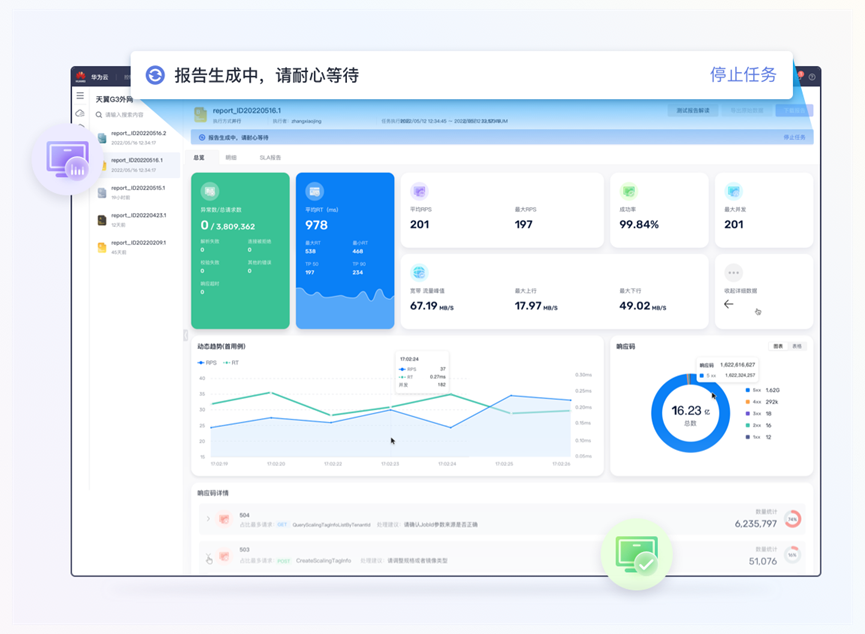
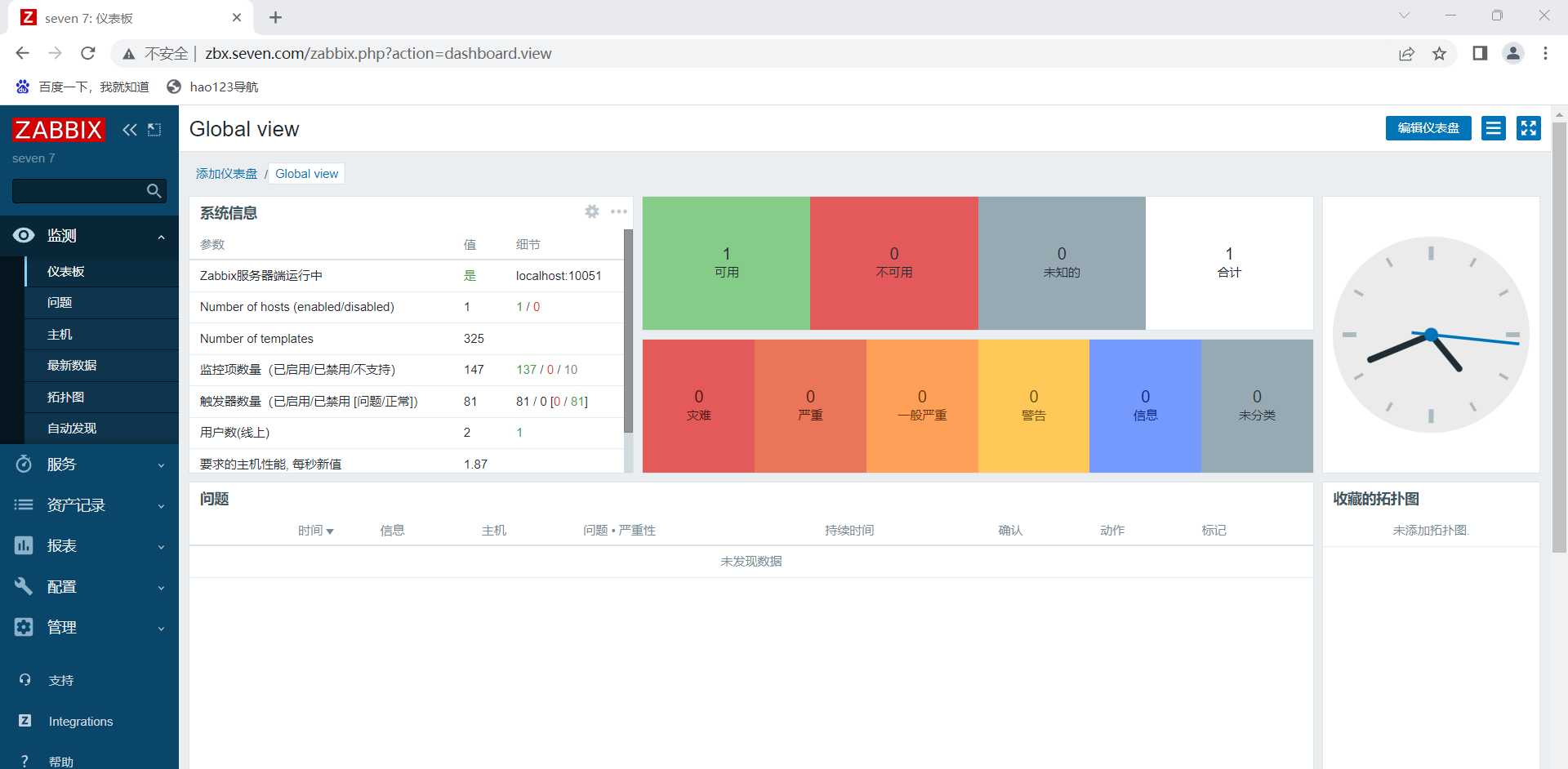






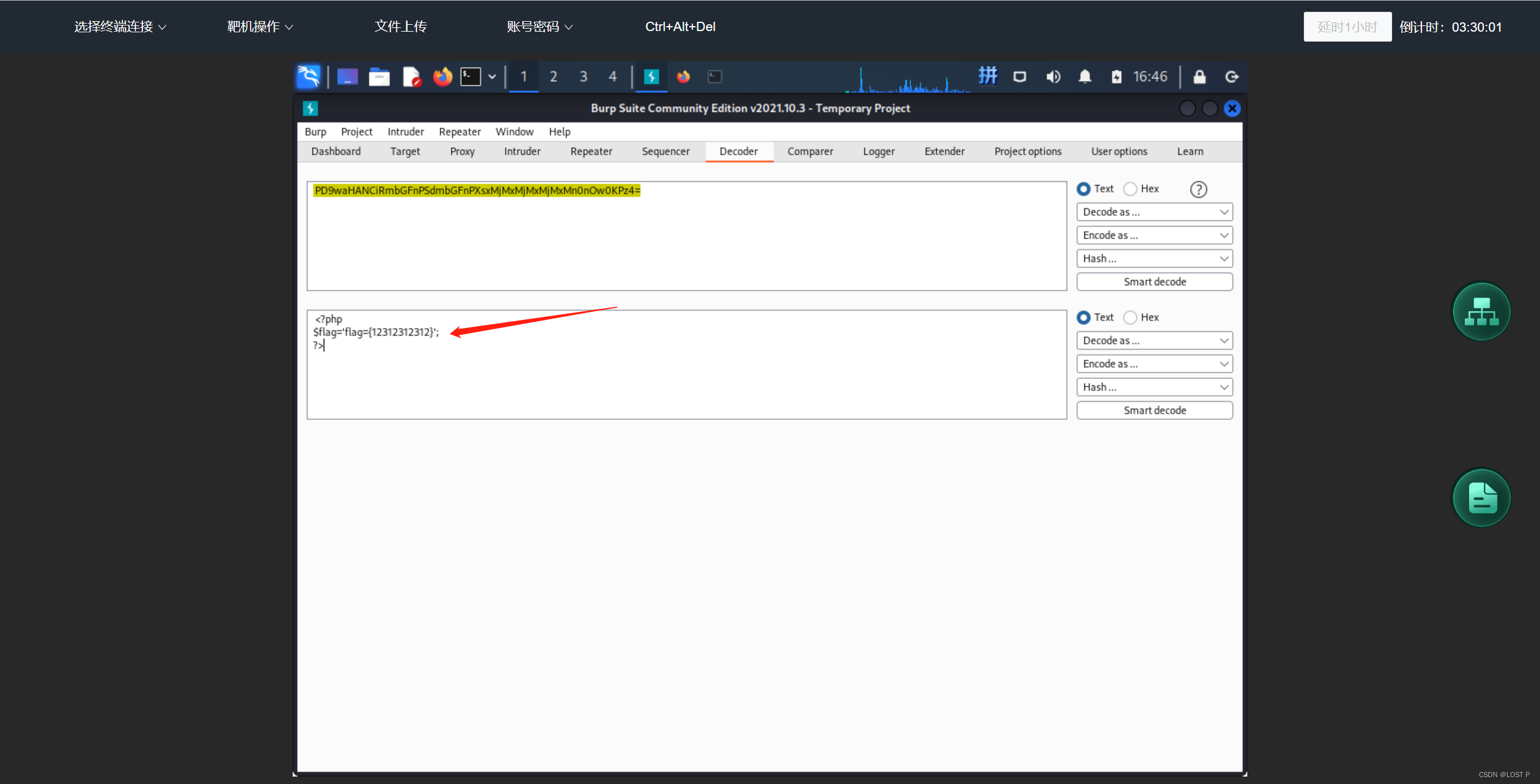



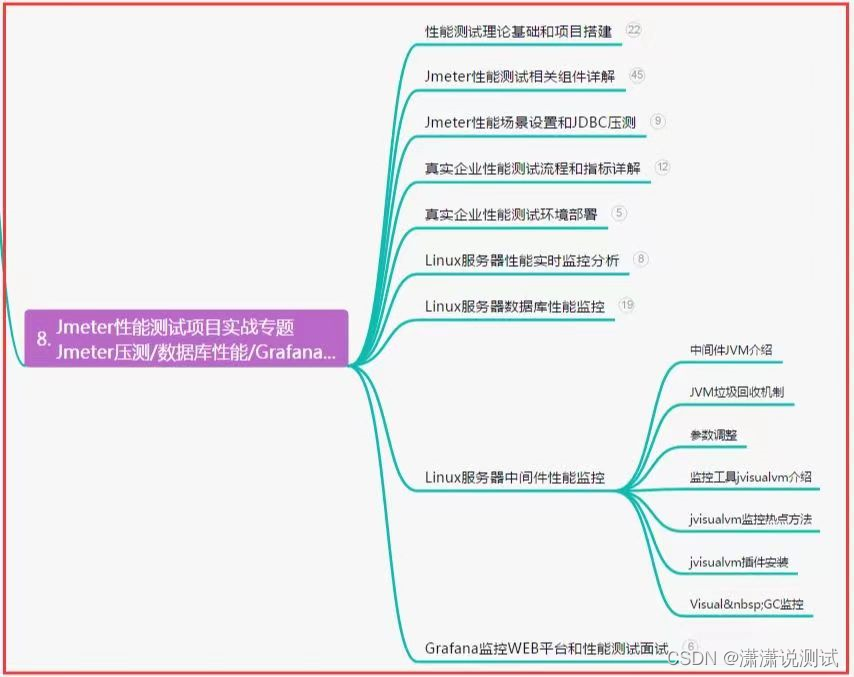
![CodeForces..移位密码器.[简单].[字符比较]](https://img-blog.csdnimg.cn/e6c370d2092349eea7307cc88137ac95.png)
